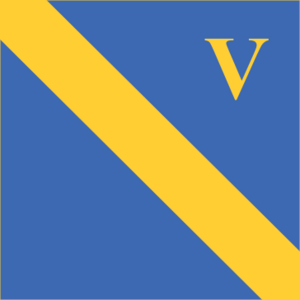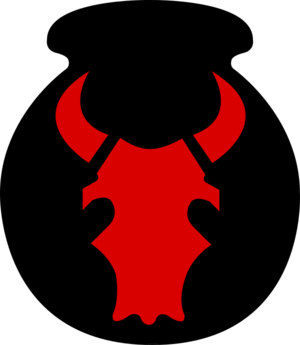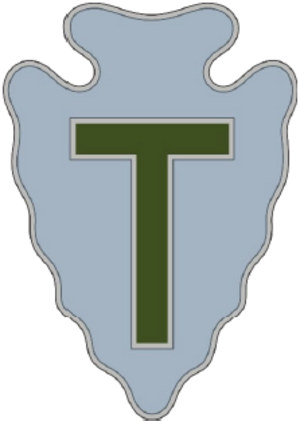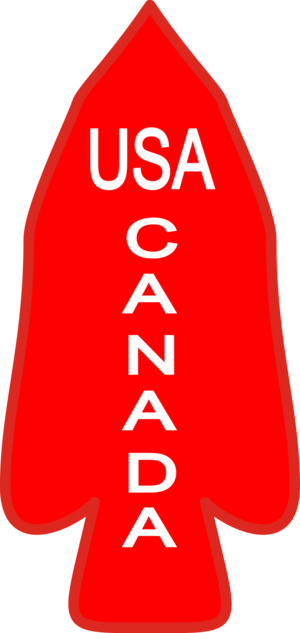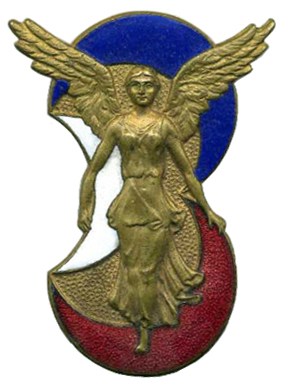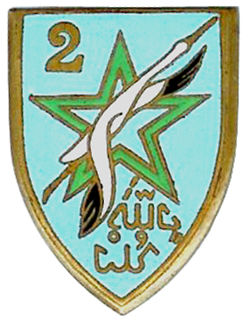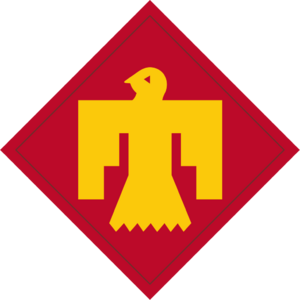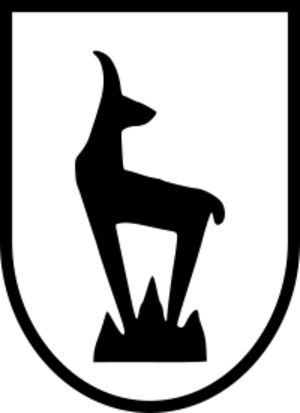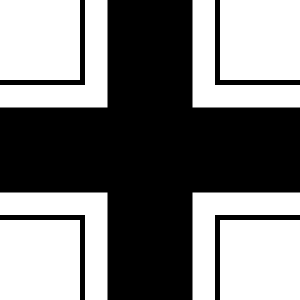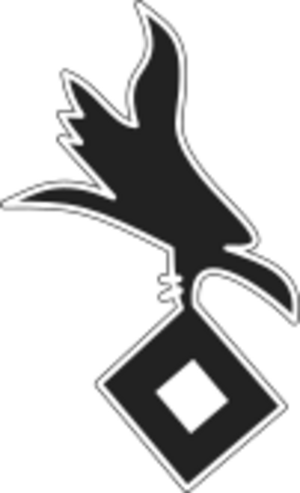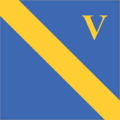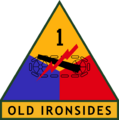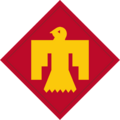Battle of Monte Cassino order of battle January 1944 facts for kids
The Battle of Monte Cassino was a series of tough battles during World War II in Italy. It happened in early 1944. This article lists the main military groups, called "formations," that fought there in January 1944. Knowing the "order of battle" helps us understand which armies and units were involved and where they were positioned. It shows us who was fighting whom on the Winter Line, a strong defensive position built by the Germans.
Who Fought at Monte Cassino?
The Allied Forces
The Allied forces were a group of different countries fighting together. Their main goal was to push through the German defenses in Italy.
Allied Commanders
- Commander-in-Chief: General Sir Harold Alexander
- Chief of Staff: Lieutenant-General Sir John Harding
U.S. Fifth Army
This army was a big part of the Allied forces in Italy.
- Commander: Lieutenant-General Mark Wayne Clark
British X Corps: On the Left
This corps was led by Lieutenant-General Richard McCreery. It fought on the left side of the Allied attack.
- British 5th Infantry Division
* This division was commanded by Major-General Gerald Bucknall, and later by Major-General P. G. S. Gregson-Ellis. * It included the 13th, 15th, and 17th Infantry Brigades. * It also had the 201st Guards Brigade under its command. * This division had many support units, like artillery and engineers.
- British 46th Infantry Division
* Major-General John Hawkesworth led this division. * It was made up of the 128th, 138th, and 139th Infantry Brigades. * Like other divisions, it had its own artillery, anti-tank units, and engineers.
- British 56th Infantry Division
* Major-General Gerald Templer was its commander. * It included the 167th, 168th, and 169th Infantry Brigades. * This division also had various support units, including tank regiments attached from the corps.
- Corps Troops
* British 23rd Armoured Brigade: This unit had tanks and motorized infantry. * 2nd Special Service Brigade: This group included special commando units, like No. 9 Commando and Royal Marine Commandos. * 2nd Army Group Royal Artillery: This was a large group of artillery units providing heavy firepower.
U.S. II Corps: In the Centre
This corps was led by Major-General Geoffrey Keyes. It fought in the middle of the Allied attack.
- U.S. 1st Armored Division
* Major General Ernest N. Harmon commanded this powerful division. * It had armored infantry regiments and several tank battalions. * It also included armored field artillery and engineer battalions.
- U.S. 34th Infantry Division
* Major General Charles W. Ryder led this infantry division. * It was made up of the 133rd, 135th, and 168th Infantry Regiments, each with three battalions. * It had its own artillery battalions (105mm and 155mm howitzers) and an engineer battalion.
- U.S. 36th Infantry Division
* Major General Fred L. Walker was the commander. * This division included the 141st, 142nd, and 143rd Infantry Regiments. * It also had its own artillery and engineer units.
- 1st Special Service Force
* This unique unit was led by Brigadier-General Robert T. Frederick. * It was a special operations unit, known for its tough training and missions.
 I Motorized Grouping
I Motorized Grouping
* This Italian unit fought alongside the Allies, led by Brigadier-General Vincenzo Dapino. * It included infantry, Bersaglieri (a type of Italian infantry), artillery, and anti-tank units.
French Expeditionary Corps: On the Right
This corps was commanded by General Alphonse Juin. It fought on the right side of the Allied attack.
- 3rd Algerian Infantry Division
* Major-General Joseph de Goislard de Monsabert led this division. * It included Algerian and Tunisian Tirailleurs (infantry) regiments. * It also had "Tabors," which were Moroccan mountain infantry units.
- 2nd Moroccan Infantry Division
* Brigadier-General André M. Dody commanded this division. * It was made up of Moroccan Tirailleurs regiments and more Tabors. * Like other divisions, it had its own artillery and engineer units.
Allied Army Reserve
- U.S. 45th Infantry Division
* This division, led by Major General William W. Eagles, was initially sent to Anzio. * It later returned to the main front and then landed at Anzio again on January 22, 1944.
The German Forces
The German forces were defending their positions, especially the strong Winter Line.
German Commanders
- Commander: Field Marshal Albert Kesselring
German Tenth Army
This was the main German army defending Italy.
- Commander: General (Generaloberst) Heinrich von Vietinghoff
XIV Panzer Corps
This corps was led by Lieutenant-General (General der Panzertruppe) Fridolin von Senger und Etterlin.
- 5th Mountain Division
* This division, commanded by Lieutenant General (General der Gebirgstruppe) Julius Ringel, was involved until January 17. * It specialized in mountain warfare and had mountain infantry regiments.
- 15th Panzer Grenadier Division
* Major General (Generalleutnant) Eberhard Rodt led this division. * Panzer Grenadiers were motorized infantry, able to move quickly. * It had armored reconnaissance and tank battalions.
- 44th Reichsgrenadier Division
* Major General (Generalleutnant) Friedrich Franek commanded this infantry division. * It included several infantry regiments and support units.
- 94th Infantry Division
* Major General (Generalleutnant) Bernhard Steinmetz was its leader. * This was another infantry division with its own artillery and engineer battalions.
- 71st Infantry Division
* This division, led by Major General (Generalleutnant) Wilhelm Raapke, arrived on January 17. * It took over from other units in the fighting.
- 3rd Panzergrenadier Division
* Lieutenant General (General der Panzertruppen) Fritz-Hubert Gräser commanded this division. * It relieved the 5th Mountain Division on January 17, bringing more motorized infantry to the front.
German Army Reserve
- Fallschirm-Panzer-Division 1
* This was a powerful armored division, part of the Hermann Göring units.
German I Parachute Corps
This corps was directly under Field Marshal Kesselring's command.
- Commander: Lieutenant-General Alfred Schlemm
- 29th Panzergrenadier Division
* This division had both motorized infantry and armored units. * It included armored reconnaissance and tank battalions.
- 90th Panzergrenadier Division
* This division also had motorized infantry and armored units, similar to the 29th. * It was a key part of the German defenses.
Images for kids
Sources


